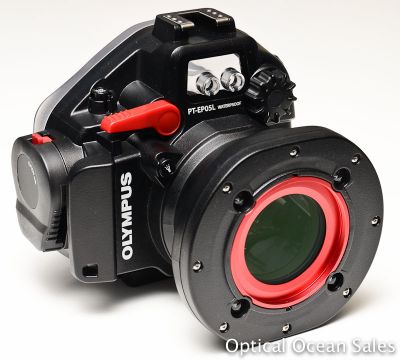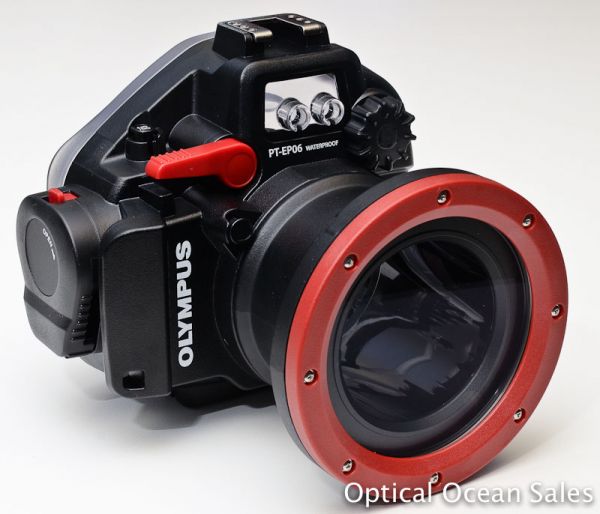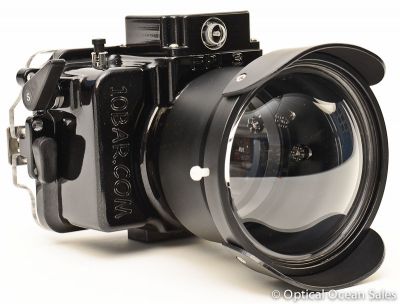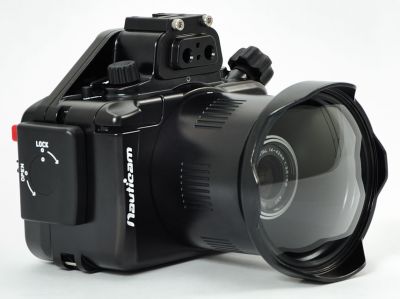There are some differences from buying a compact camera, mainly in terms of now having interchangeable lenses. You don't just switch from macro to wide angle with the one lens that's on the camera, you use different lenses and ports, and need to think through what kind of shots you're going to want to take while setting up the camera before a dive.
If you are going to buy a mirrorless camera, you are buying into a system. And that includes lenses, ports gears, tray/arms and strobes. The camera is going to end up being the least expensive part of it - and the part you are going to change out in a couple of years. You want to think about where you are going to be then in terms of what you can reuse and upgrade, and what the resale value is going to be like.
The Sony Nex5N is a great camera. There are very good wide angle options for it behind a dome port, and the lenses are fairly inexpensive. You just buy the 16mm and then add on the w/a or FE adapters to it. All three fit the Nauticam dome and you don't need a zoom gear. I would agree that the macro lenses are a bit limited, the 30mm hasn't worked out all that well underwater, but the wide angle shooting is very good.
 Panasonic m4/3rds cameras have some very good lenses and shoot excellent video. We have found their cameras to be fussy when when working in optical sync with external strobes, particularly TTL. They are also more expensive. But they have more direct controls and better specs in many cases.
Panasonic m4/3rds cameras have some very good lenses and shoot excellent video. We have found their cameras to be fussy when when working in optical sync with external strobes, particularly TTL. They are also more expensive. But they have more direct controls and better specs in many cases.Olympus has very easy-to-use cameras and reasonably priced lenses. The new Olympus OM-D EM-5 camera is making many people sell their big DSLRs and move to this small, high-quality camera with great specs and imaging. They are filling in some gaps in lens offerings with new ones like the 12-50mm which does offer the ability to go from macro to a moderate wide angle view with the right port. The cameras seem to work very well in manual and TTL sync with external strobes.
But really, I would almost consider the housing before the camera; The Olympus housings are inexpensive at $599-799ish, as are the cameras. But adding ports to them is expensive. Your best options are the Zen dome at $499-799, plus the lens. that port may/may not fit a new housing. Although they do seem like they'll fit the new Oly OM-D housings, that may not be true in the future. And they are limited to 135', have plastic construction, will wear out much sooner and need service or replacement. Resale values are going to be much less percentage-wise.
10Bar and some other lines make good value aluminum housings. They have a good lineup of ports and features including a depth rating of 200'. They come with a 2 year warranty and can be serviced in Hong Kong. Their controls and construction aren't as good as Nauticam, the ports not as specific to certain lenses. But they do seem to work well for many divers wanting to keep costs down. However resale values are pretty low.
If you spend a bit more on a Nauticam housing, you are buying into a much broader system; many more ports and gear combos, both Pany and Oly lenses fit all the housings. They usually have a leak detector. The housings are rated to 200-300' and are much more rugged. They can be easily serviced and will last a long time. They tend to be less bulky, have a much more ergonomic design, better, smoother controls and usually support all camera functions (the Oly's tend not to have the rear dial control). The ports have a locking bayonet mount that is almost impossible to mis-mount. They come in flat, dome and semi-dome designs. They tend to be less expensive as well. They will be a popular option on the used housing market and you'll be able to transfer your lenses and ports onto the next system, making it a much better value in the future.
The Nauticam housing for the OM-D ($1350) is very competitive with the Oly ($995) with all the above advantages. And you are much more likely to be able to resell it at a decent price, and re-use all the lenses, ports and gears when you upgrade.
All of these manufacturers are constantly upgrading their lines. The cycle used to be one year, but now it's 6 months! There's nothing really wrong with saving a bit on a camera that's 6 months old and spending it on a better housing too.
Lighting is the most critical thing you will spend money on. Buy more than you need, start with one good strobe and add another. We like the Sea & Sea YS-D1 strobe a lot - all of us are shooting it now.
So be sure to think through your new system, think though how you want to expand it and upgrade it in the future, and what you want to do with your photos. It may give you better ideas towards where you want to take your present purchase.















